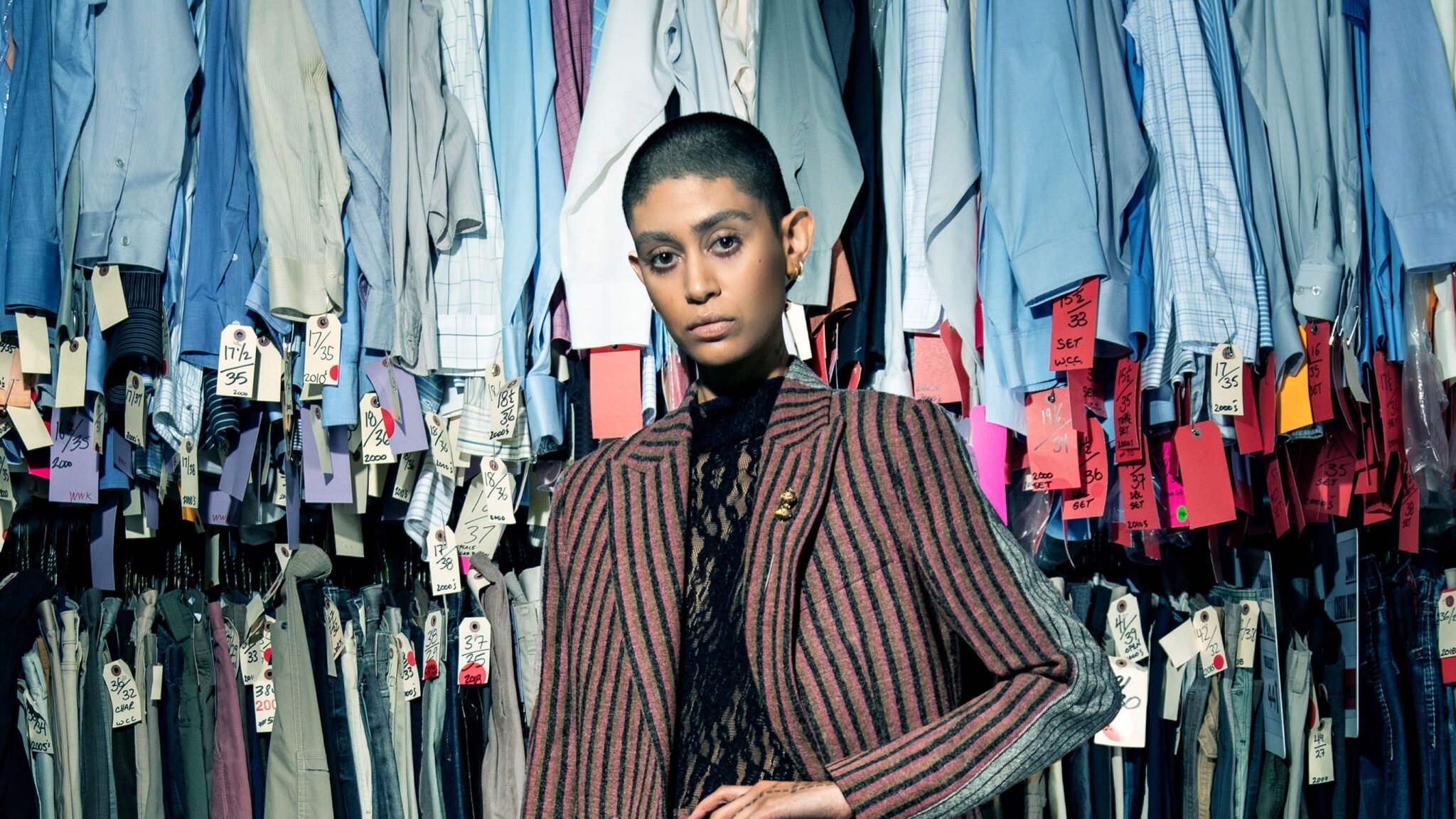It’s been almost ten years since Brian Wolk and Claude Morais, the designers behind Wolk Morais, traded the intense energy of New York City for the relaxed atmosphere of Los Angeles. Pioneers of the great fashion migration of the early 2010s, they settled in Hollywood with a network of friends from the film industry. The pandemic forced everyone to find smart ways to present collections outside of traditional runway spaces. As film buffs, they found a solution by making films, and along the way decided they preferred the medium. “It helped us express our designs in a much fuller and richer way,” said Wolk.
Recto/Verso is the 11th Wolk Morais collection and their fourth fashion film. The title roughly translates from Latin to ‘front’ and ‘back’, and explores the cult of celebrity and the double-sided nature of public and private personas. Inspired by Jean Genet’s play Elleand narrated by their friend Alan Cumming, was filmed at Western Costume, the legendary Hollywood costume house that the designers regularly visit.
This collection picks up where they left off in previous seasons, using deadstock to develop branded silhouettes such as red carpet dresses, and sharply tailored suits and ruffled blouses, making them a favorite for the likes of Cate Blanchett, Janelle Monae and Natasha Lyonne. The concept of duality came about in multiple ways: gender fluidity, interchangeability of prints and patterns, and that each item was made from two contrasting fabrics. Almost all pieces had a striking pattern on the front and its absence on the back.
Suits in striking checks or houndstooth style were fitted with peak lapels and smoothly flared trousers; A sheer, bias-cut dress was sewn from 80s couture silk and lace; and deadstock denim was used for workwear jumpsuits and capes. Brightly colored catsuits, styled throughout as a base layer, are made with lace scraps from the ’70s found in a studio that specializes in dance costumes.
Sustainability plays a major role in the Wolk Morais collections, and the two discover that working within the parameters of pre-existing materials produces unexpected but interesting results. It makes sense that they prefer film to still images because they illustrate the texture and weight that determine the movement of a garment, and this collection deserves that screen time.





